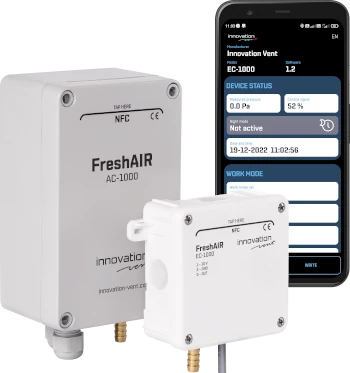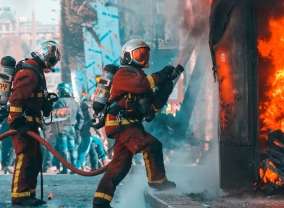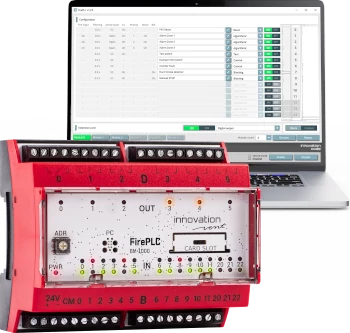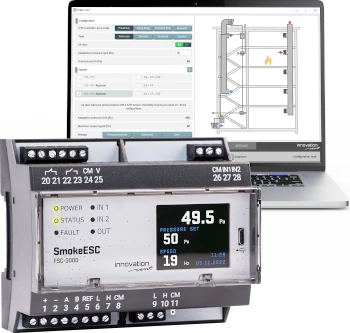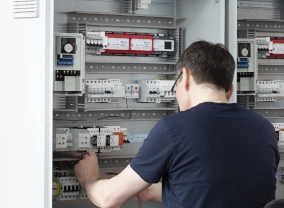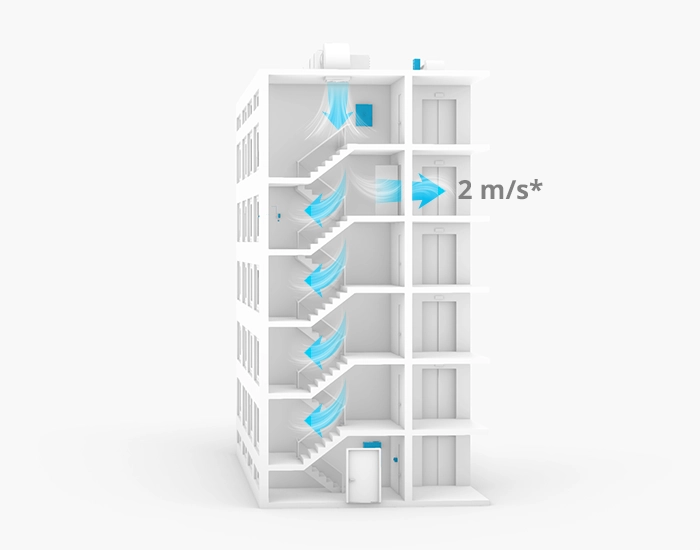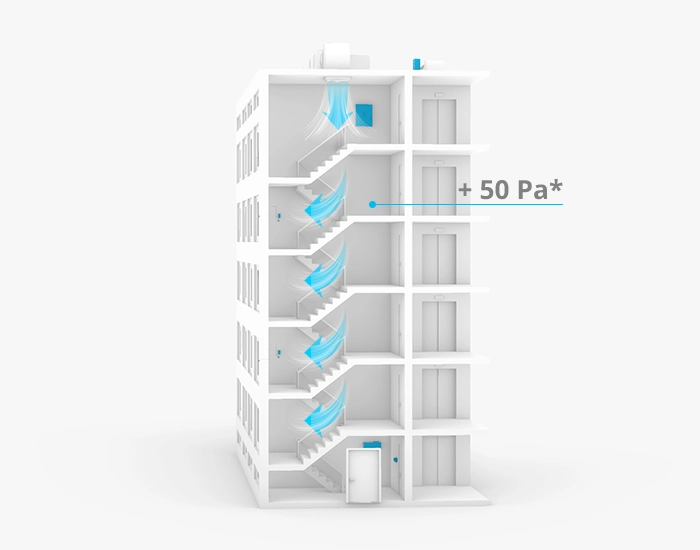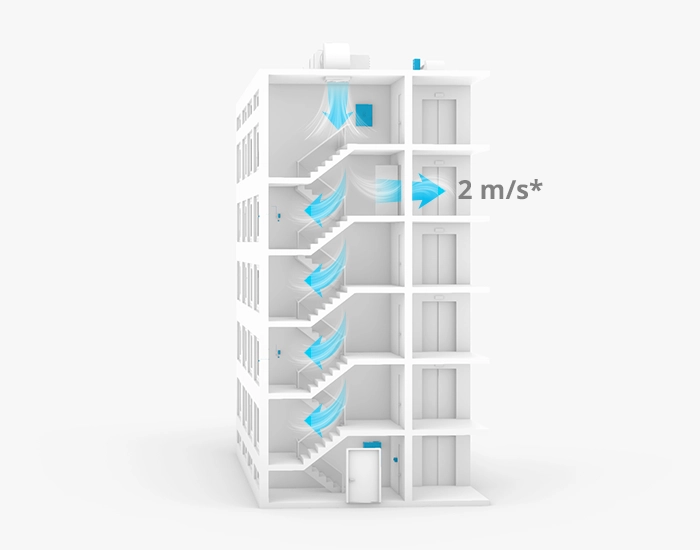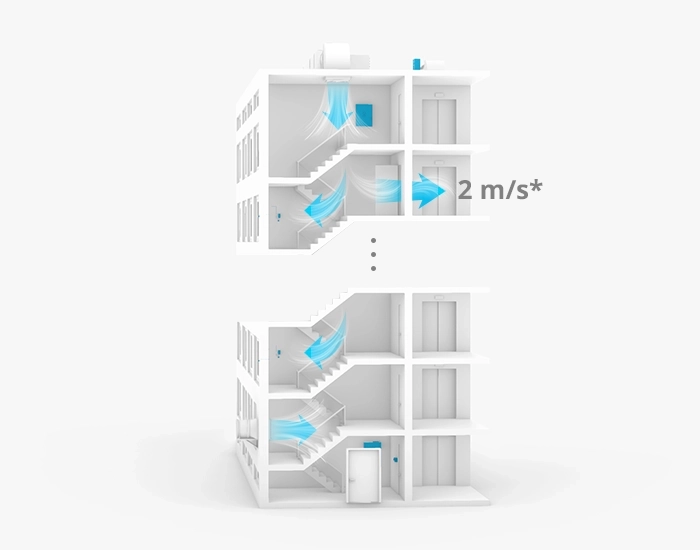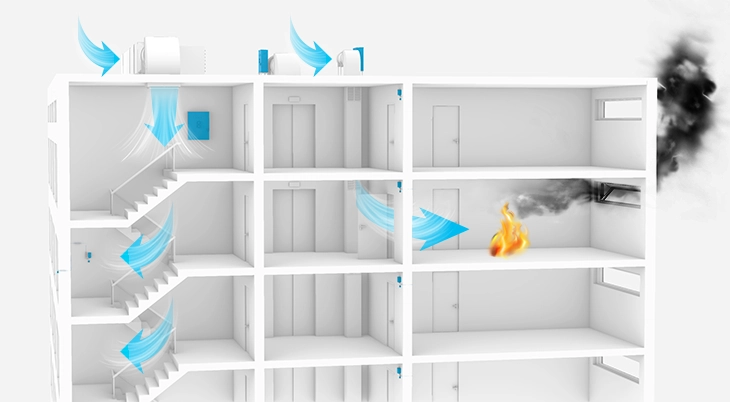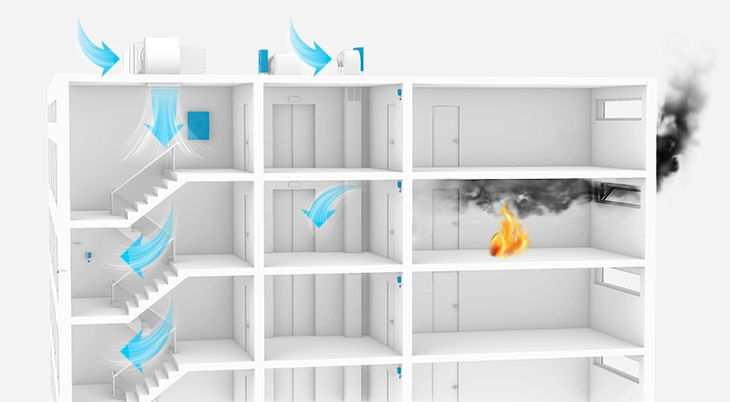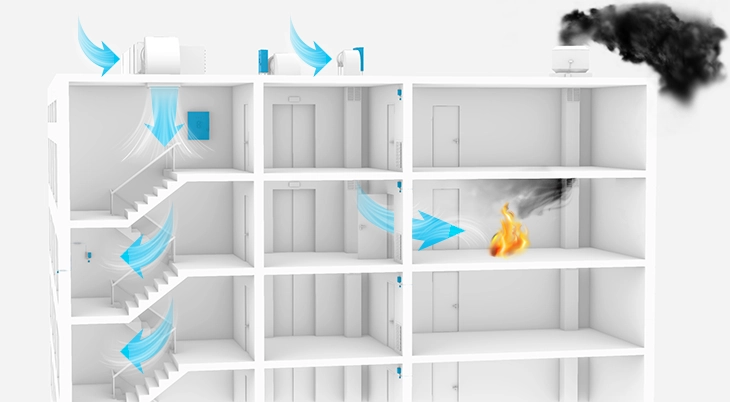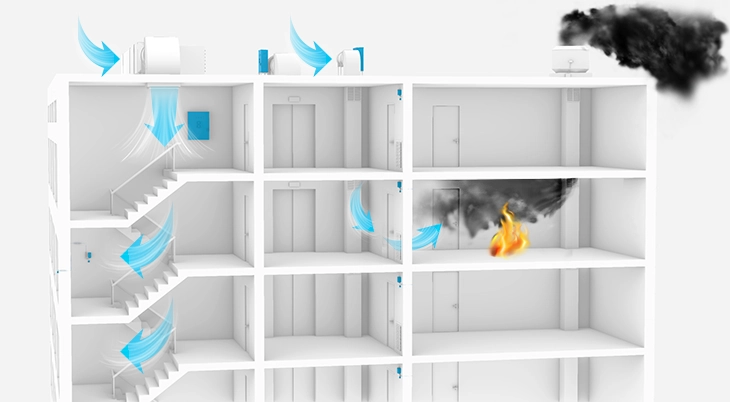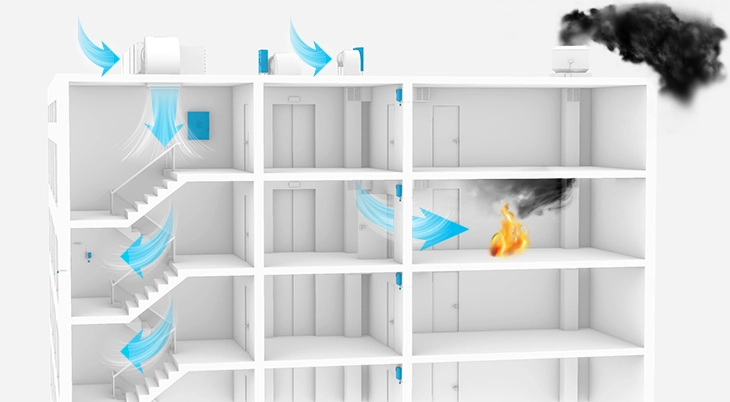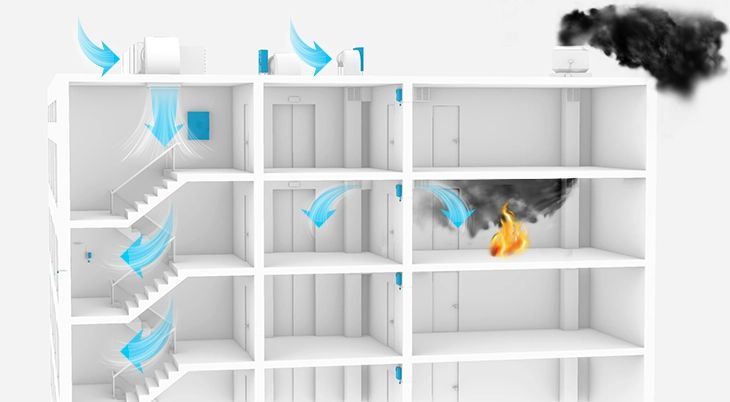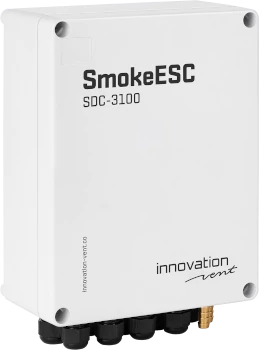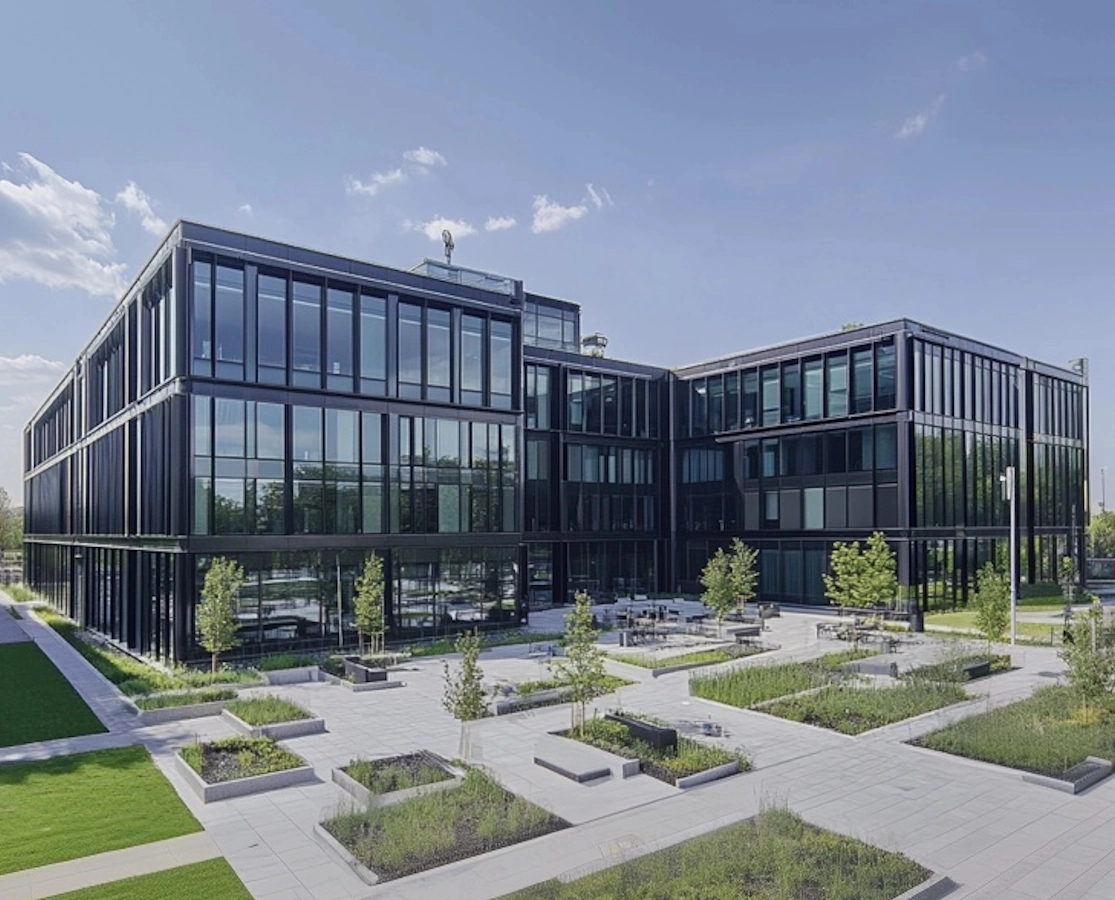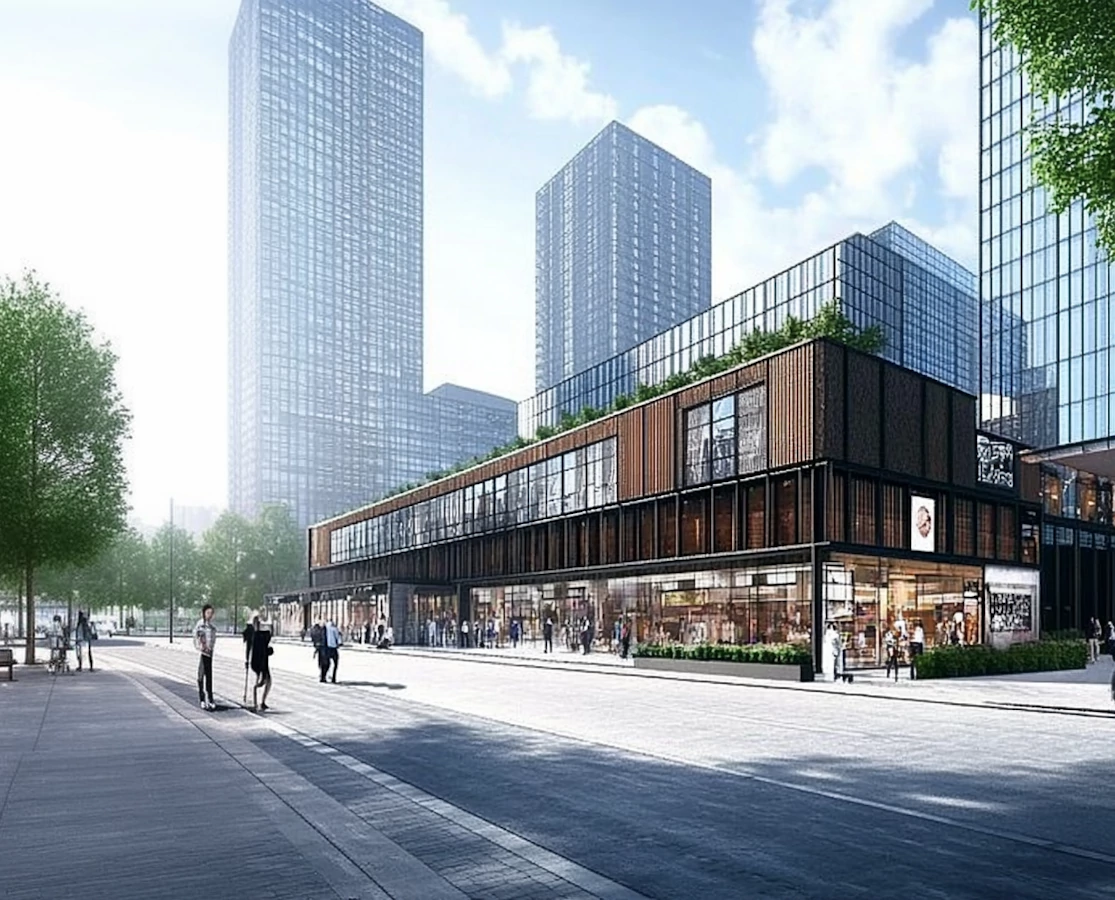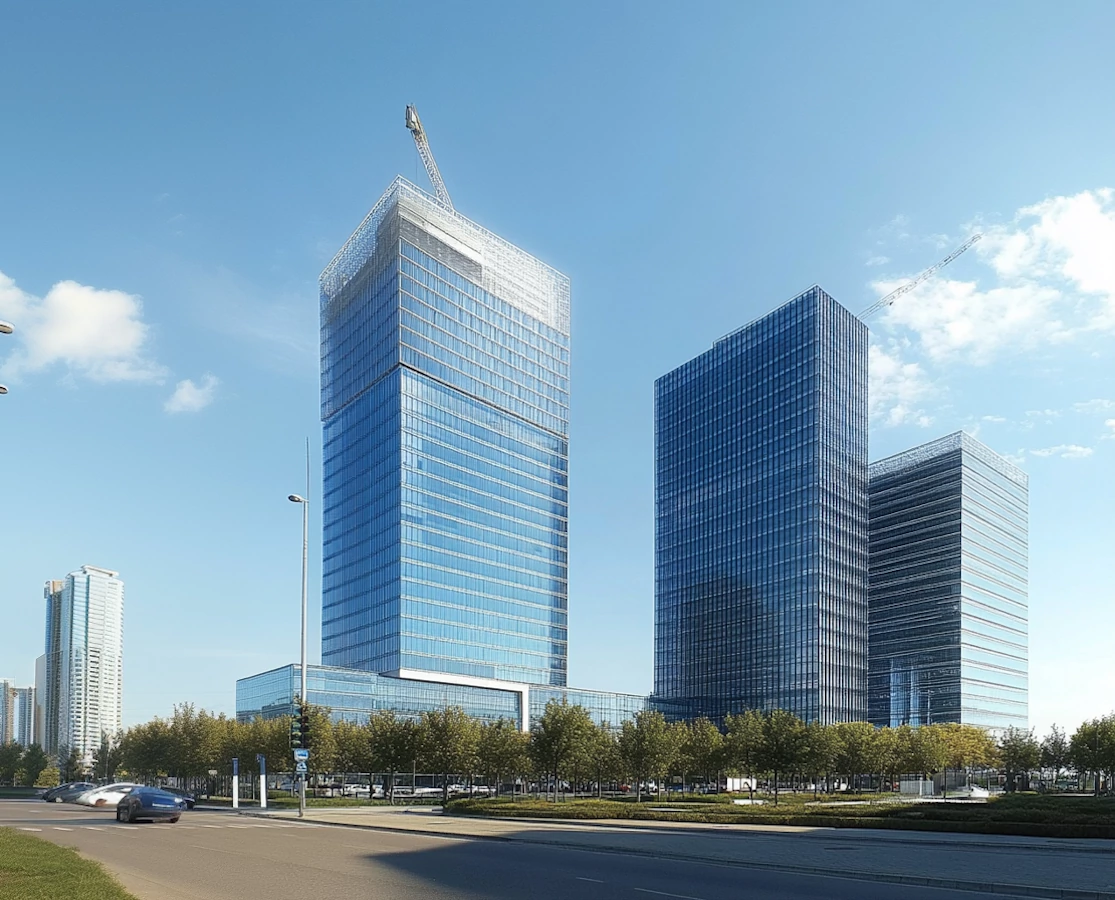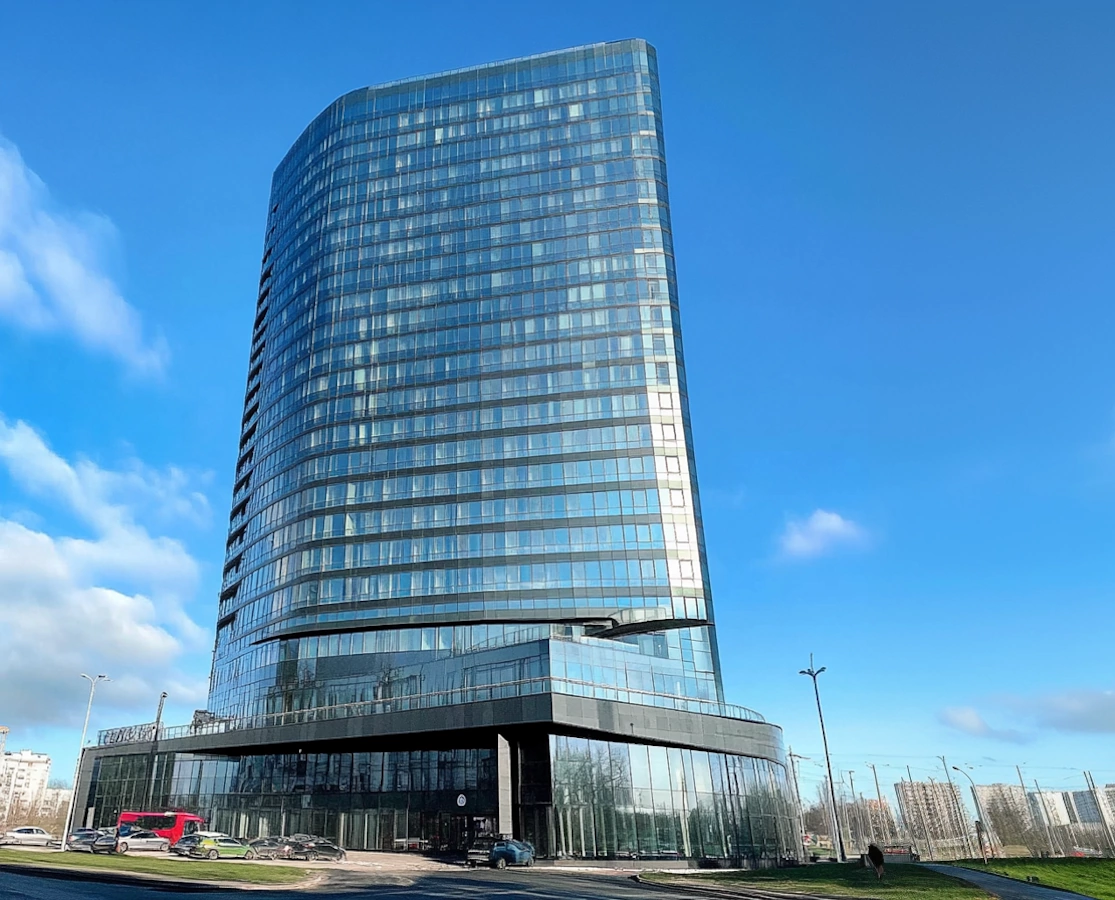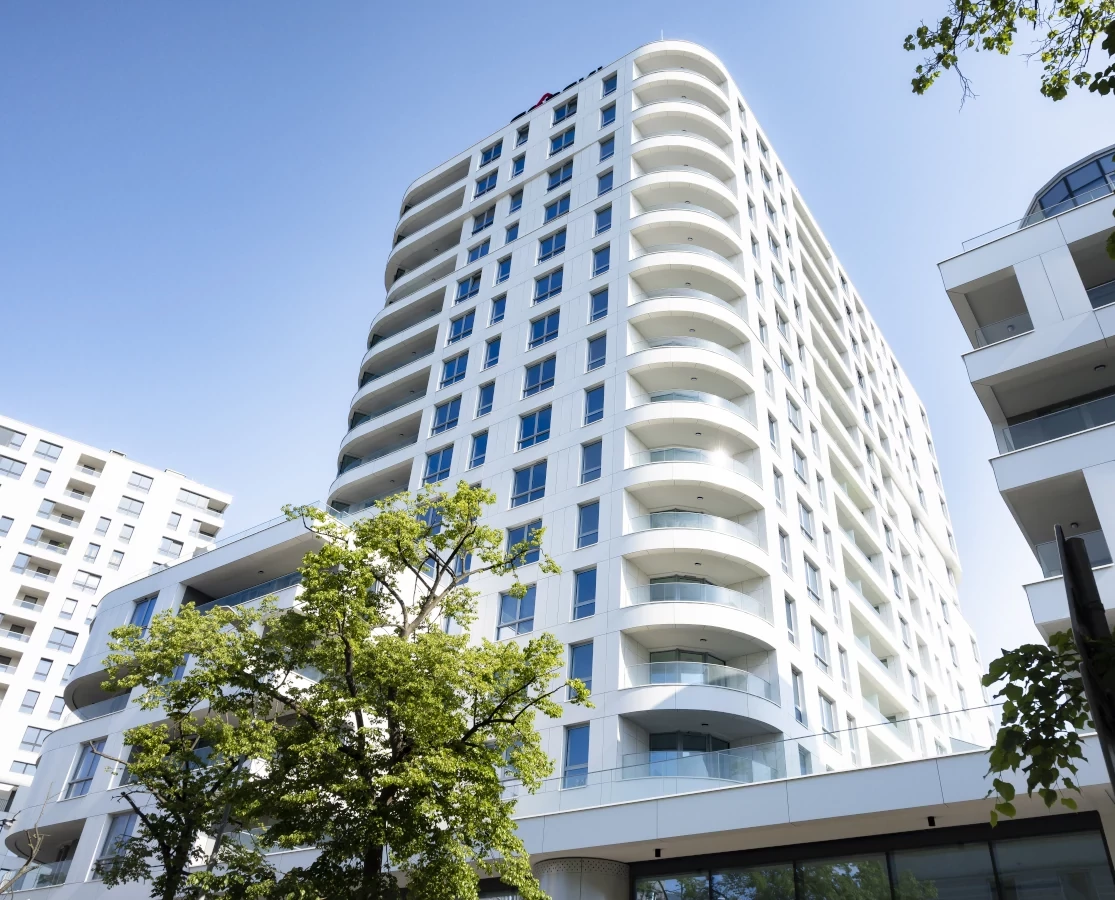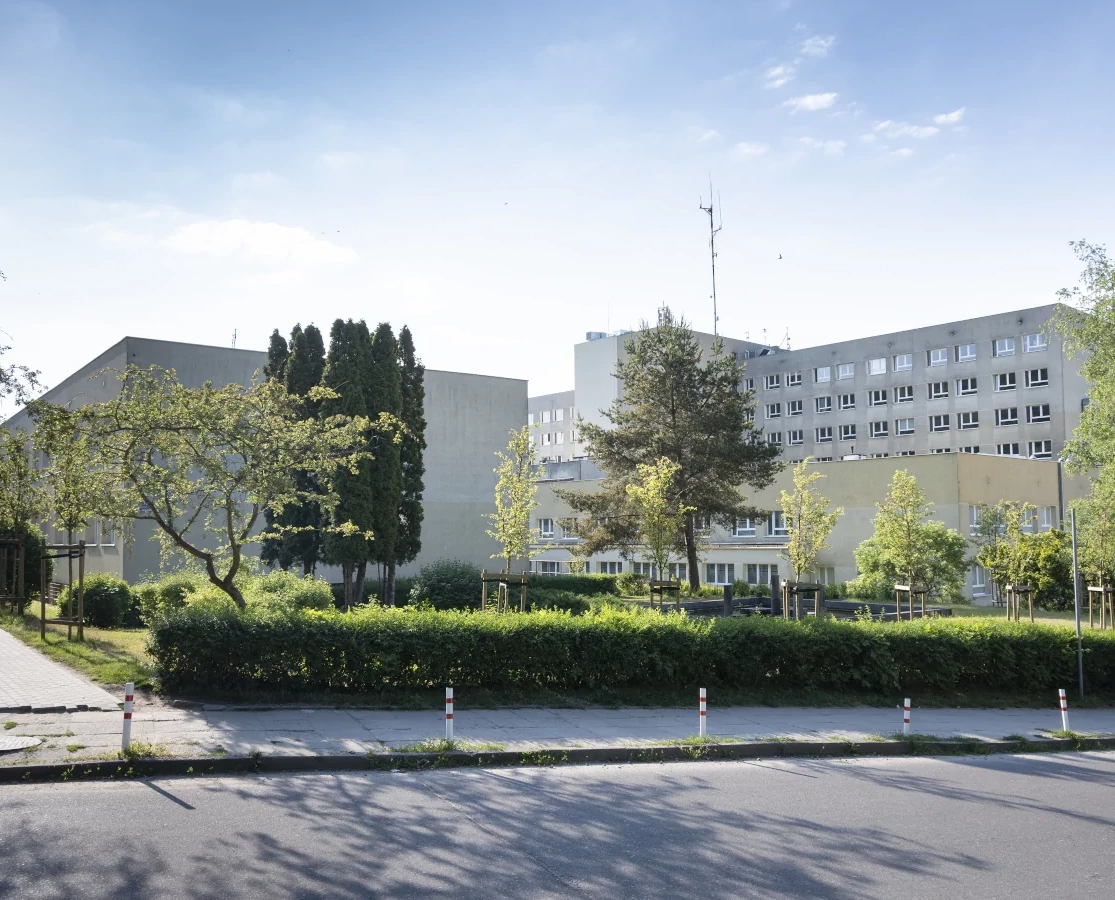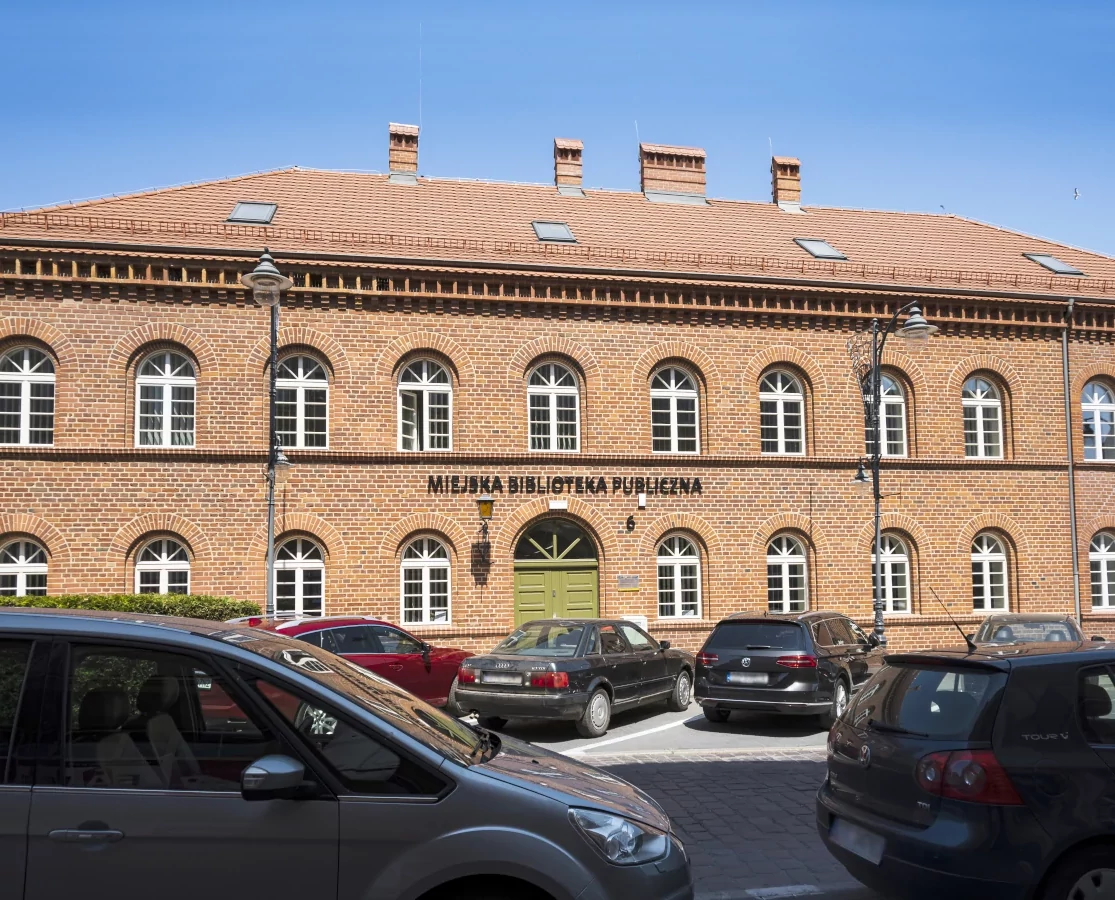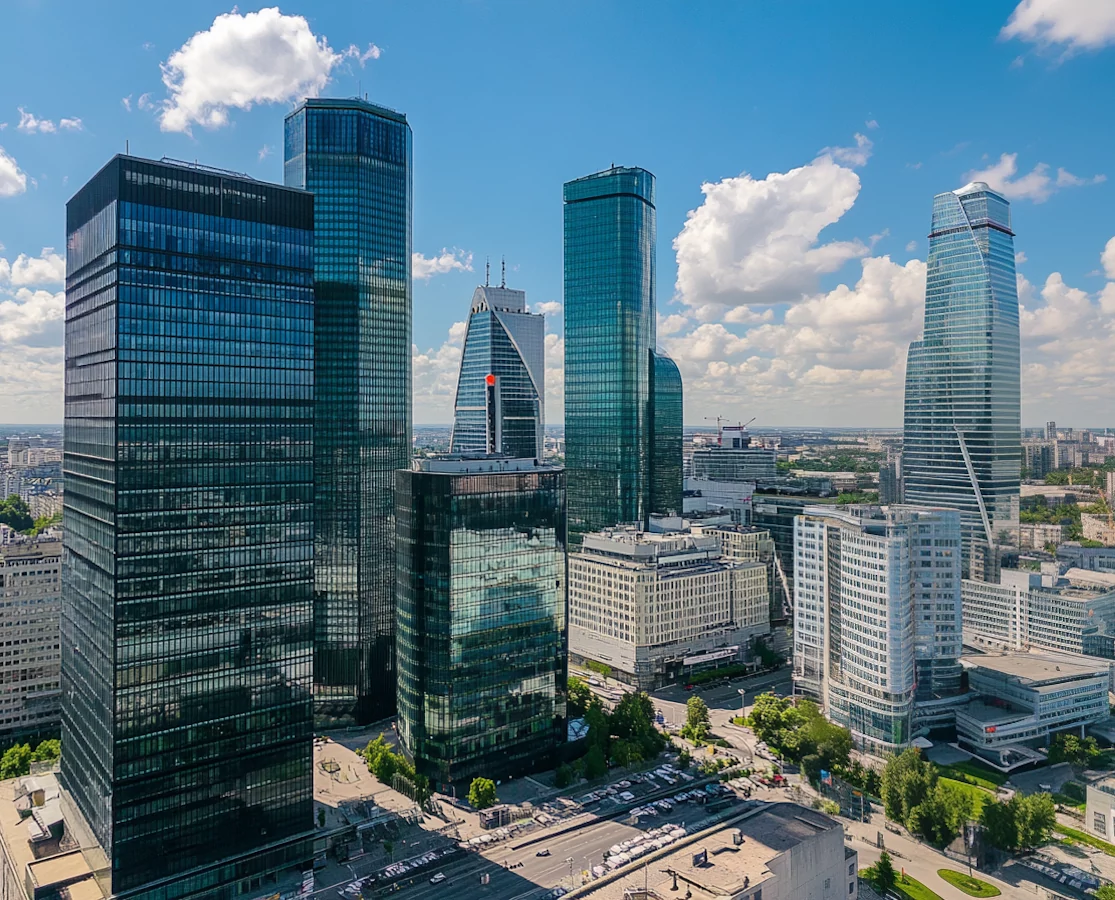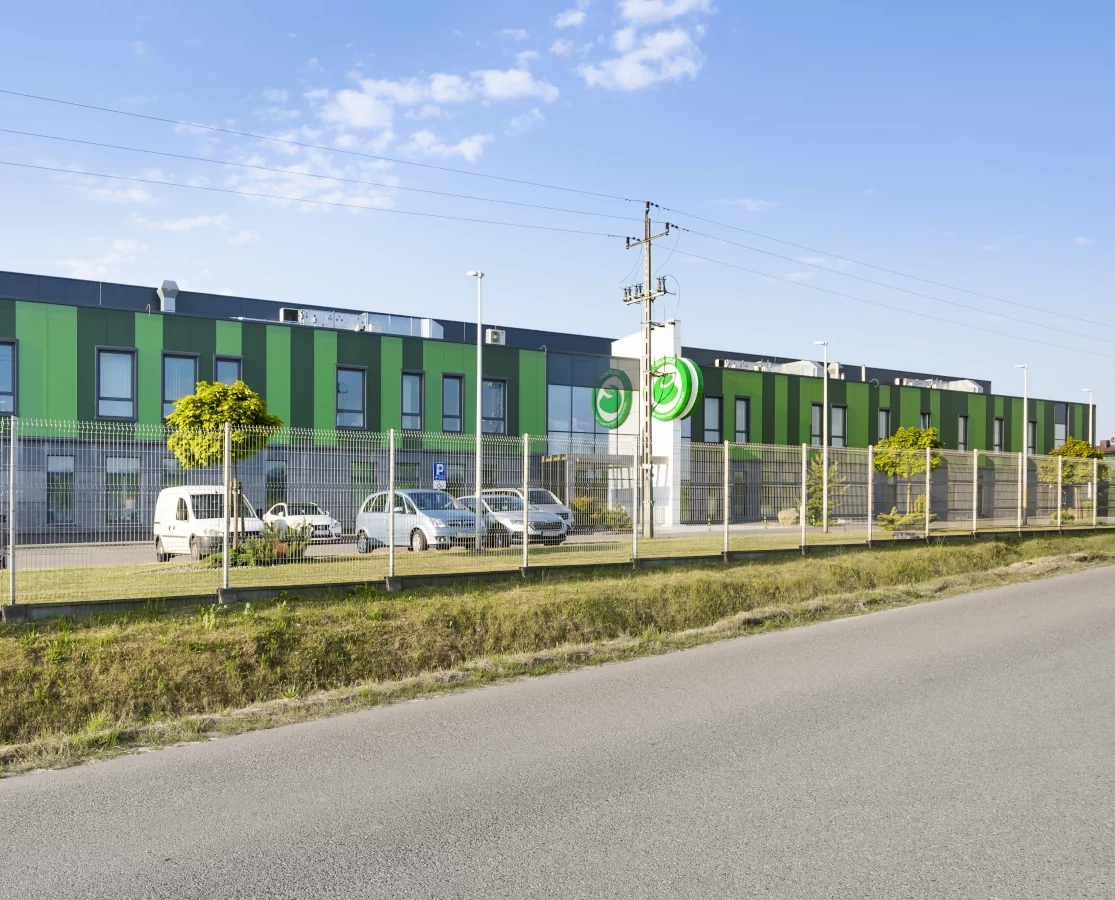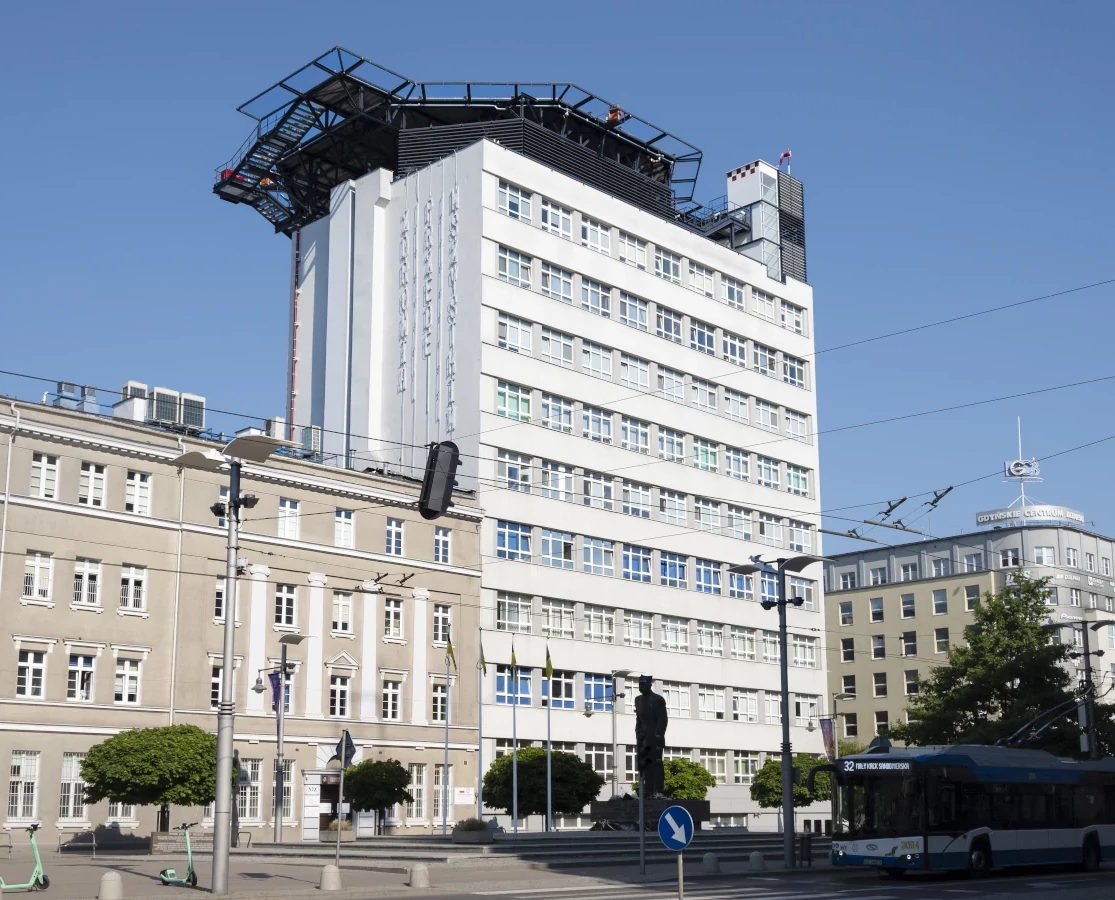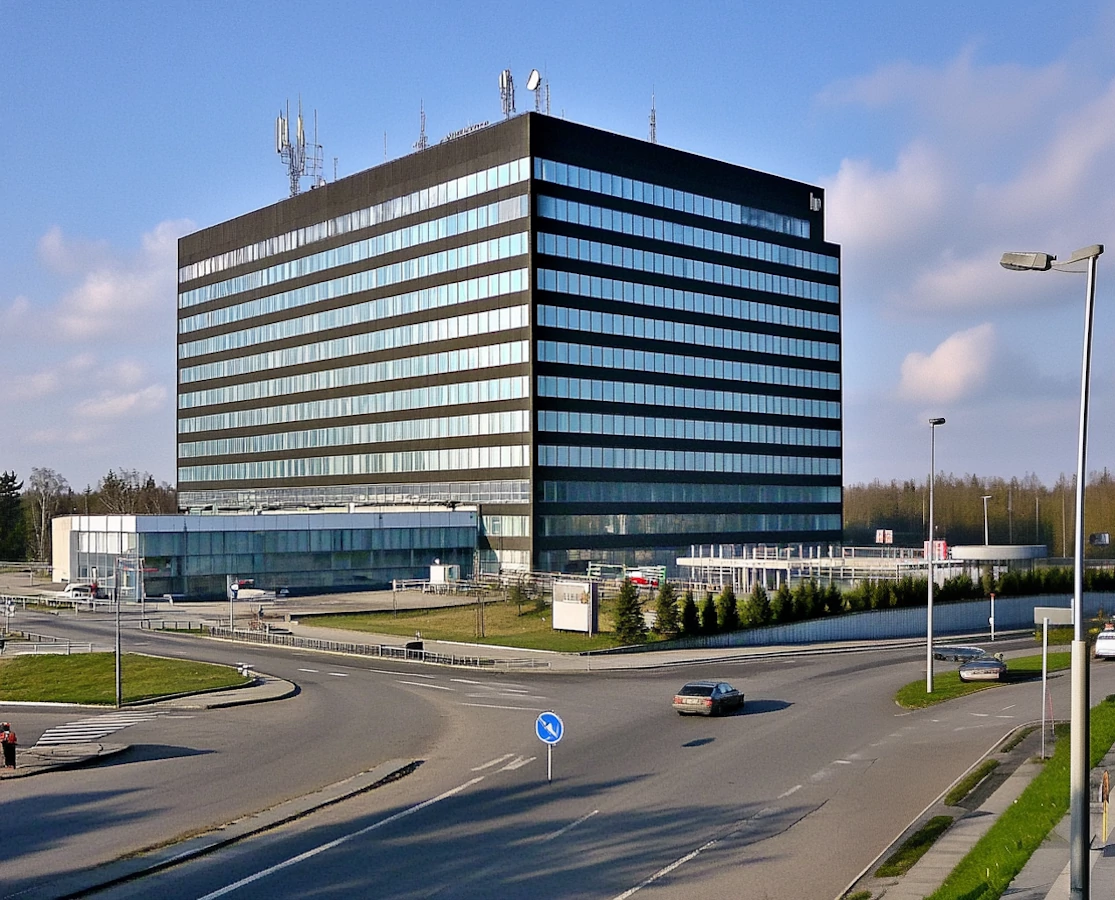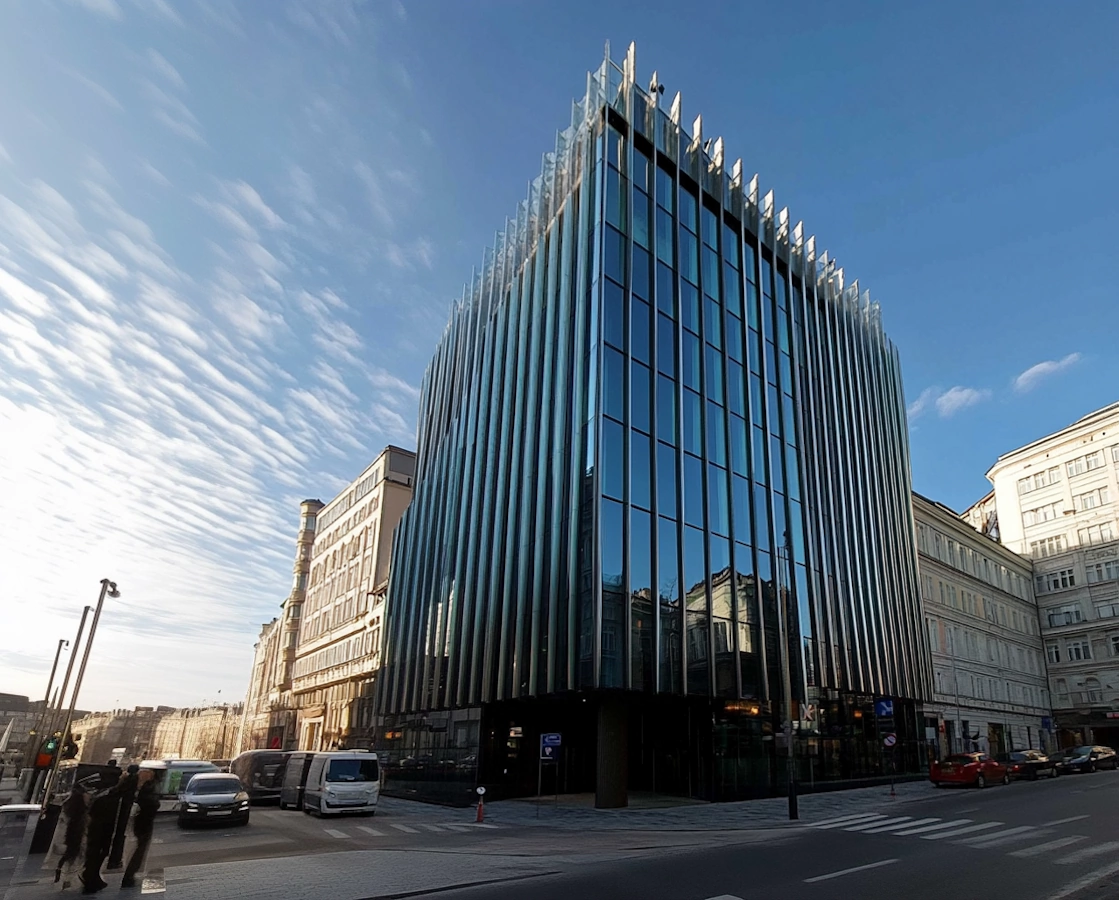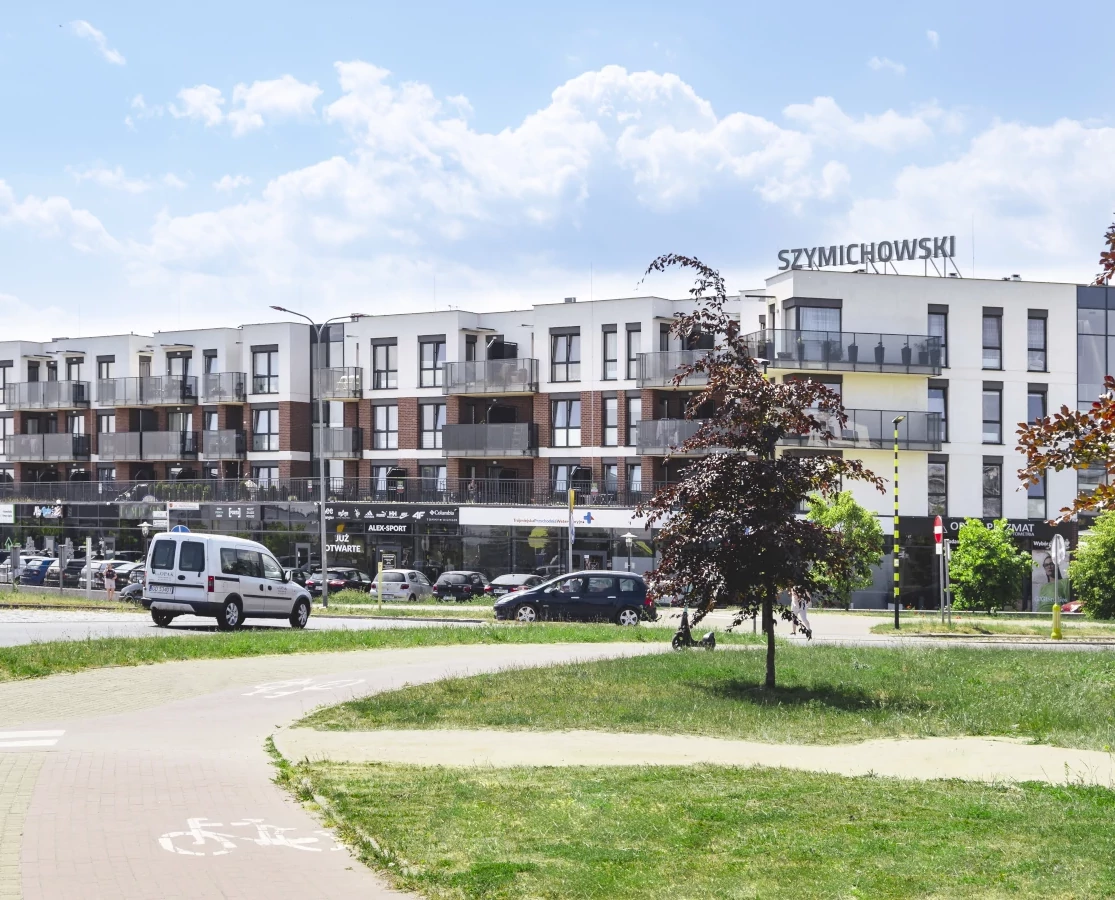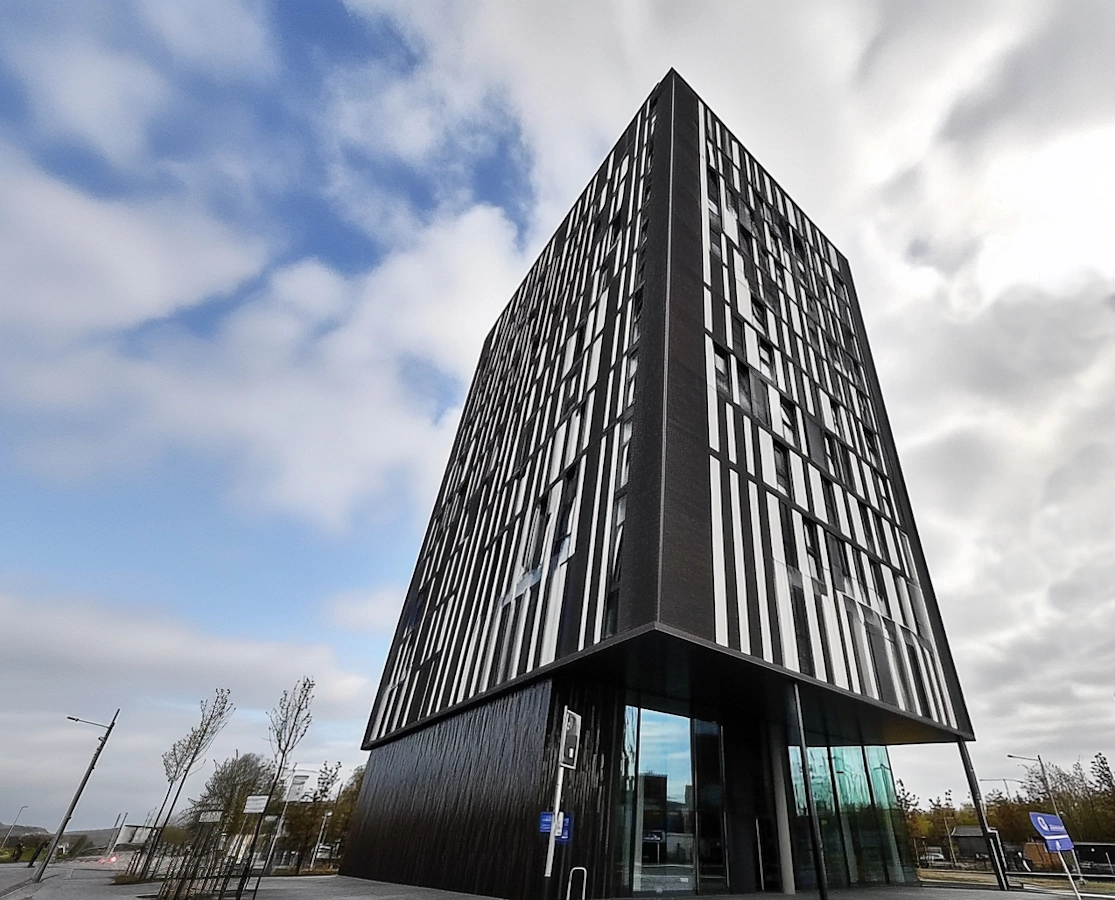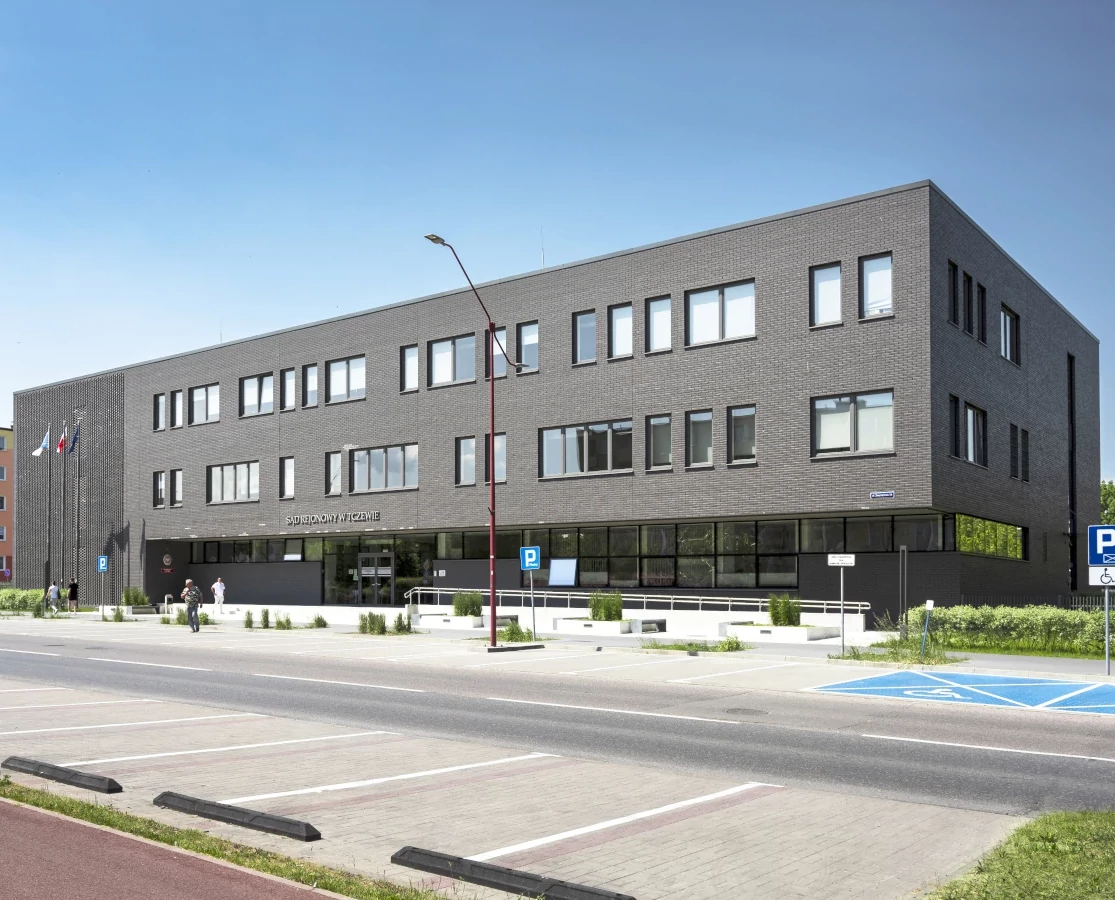95%
Technology that protects against smoke
SmokeESCTM is an intelligent ventilation control system that keeps escape routes free from smoke during a fire. Controllers manage fans and dampers, while the app provides simple configuration with no coding required.

SmokeESC controllers
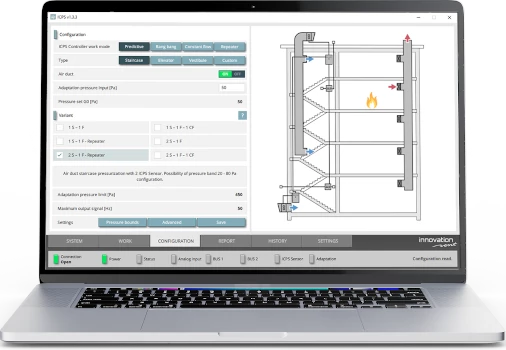
Control all types of fans and dampers
Software
When a fire breaks out, SmokeESCTM automation takes over
95% of fire fatalities are caused by smoke inhalation, not flames. The primary goal of fire protection is to keep fresh air in escape routes. That’s what determines whether people can escape.
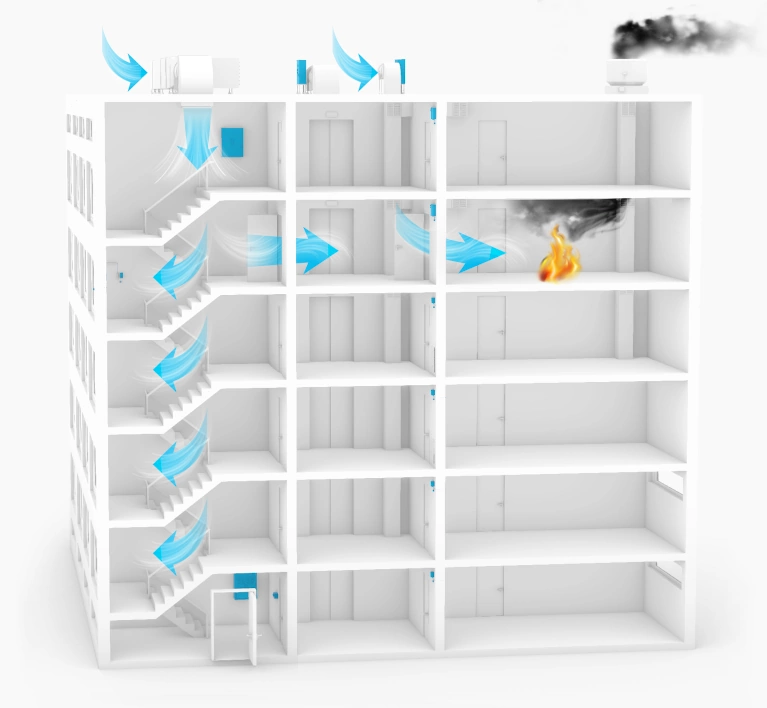
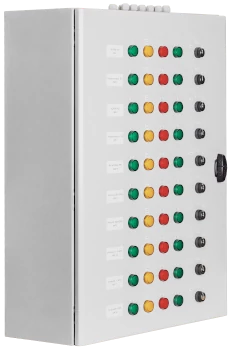
CAB-3000
Fire Ventilation Control Panels
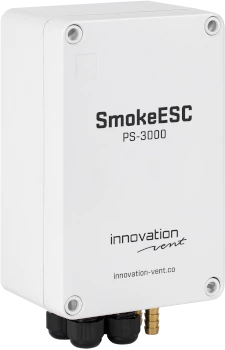
PS-3000
Differential Pressure Sensor

PS-3000
Differential Pressure Sensor

PS-3000
Differential Pressure Sensor
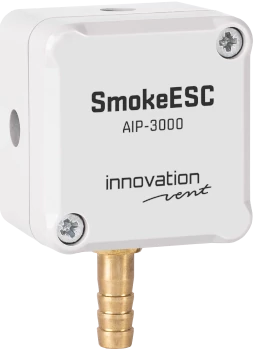
AIP-3000
Pressure Sampling Point

SDC-3000
Pressure Controller for Fire Lobbies
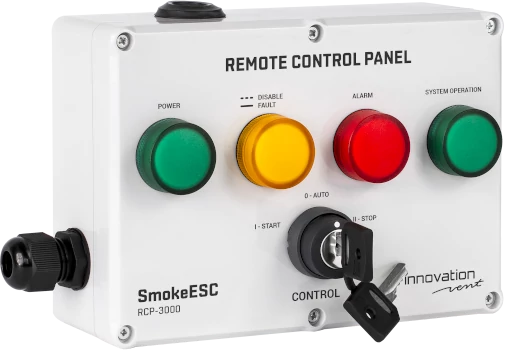
RCP-3000
Remote Control Panel
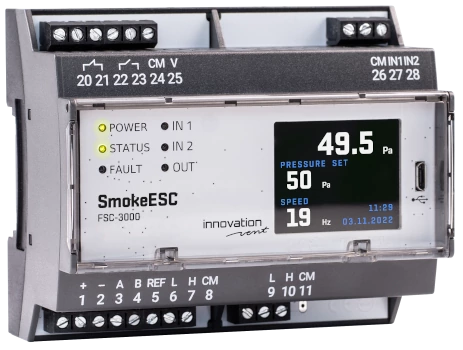
FSC-3000
Pressure Controller for Fire Ventilation Systems
- Fire Ventilation Control Panels CAB-3000
- Differential Pressure Sensor PS-3000
- Pressure Sampling Point AIP-3000
- Pressure Controller for Fire Lobbies SDC-3000
- Remote Control Panel RCP-3000
- Pressure Controller for Fire Ventilation Systems FSC-3000
- Duct smoke detector
- Aeration fan
- Smoke exhaust fan
- Damper with quick actuator
- Fire damper
- Transfer damper
- Release window
- Dual air intake
SmokeESCTM automation maintains constant overpressure and optimal airflow inside the building. This prevents smoke from entering escape routes, keeps doors easy to open (under 100N), and allows people to evacuate safely.
Products behind SmokeESCTM
The only control units for every building in every country
Full compliance with the requirements of the NFPA 92 and EN 12101-6 design standards and the latest version of the EN 12101-13 draft standard and the Aachen Guideline No. CEN TC191/SC1/WG6/TG2
Design without limits. Reduce system costs and reduce startup time.
Communicating 100 times a second
Innovation Vent BUS
The digital bus allows you to freely connect PS-3000 differential pressure sensors and SDC-3000 pressure regulators for fire lobbies with FSC-3000 pressure regulators.
FSC-3000

24x
PS-3000

SDC-3000

80%
shorter startup time
enjoy the benefits of the newest control units
Stable pressure value
The Innovation Vent Thrace algorithm is so good you won't have any overshoots

2x
faster than the European standard
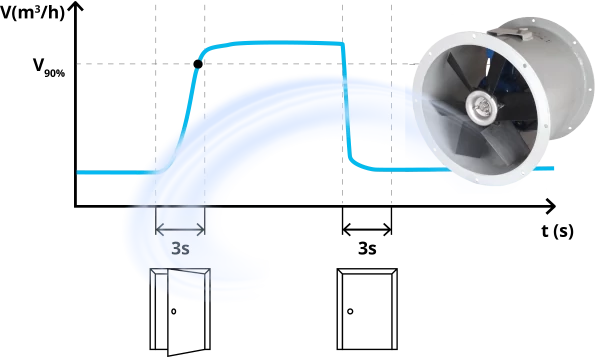
Lower costs
No need to use braking resistors anymore, even with 65,000 m³/h fans
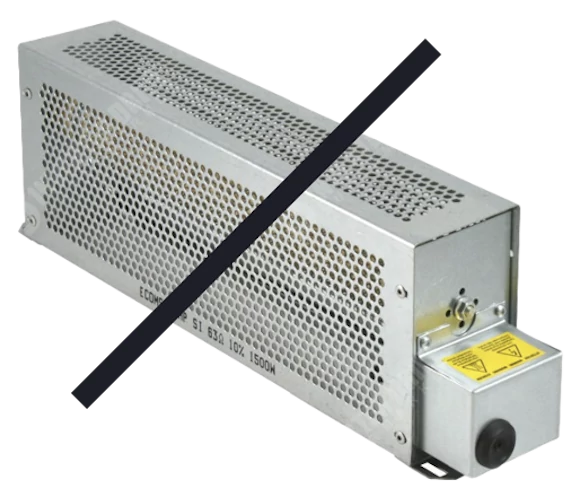
An easy-to-use application for everyone
Prevent smoke in vertical escape routes
Find out how to supply air to stairwells and elevator shafts
Prevent smoke in horizontal escape routes
See how to supply air to firefighting lobbies and corridors
Proven in over 1100 installations
*Armacell (Luxembourg) know-how series 'Low smoke density is vital'
https://local.armacell.com/fileadmin/cms/downloads/know-how/en/Know-How_Low_Smoke_Density_EN.pdf
DL Tower
Biurowiec
Warszawa
Metropoint Office
Biurowiec
Warszawa
Hanza Tower
Wieżowiec
Szczecin
Lixa
Kompleks biurowy
Warszawa
Want the best control units for your system?
Get in touch


